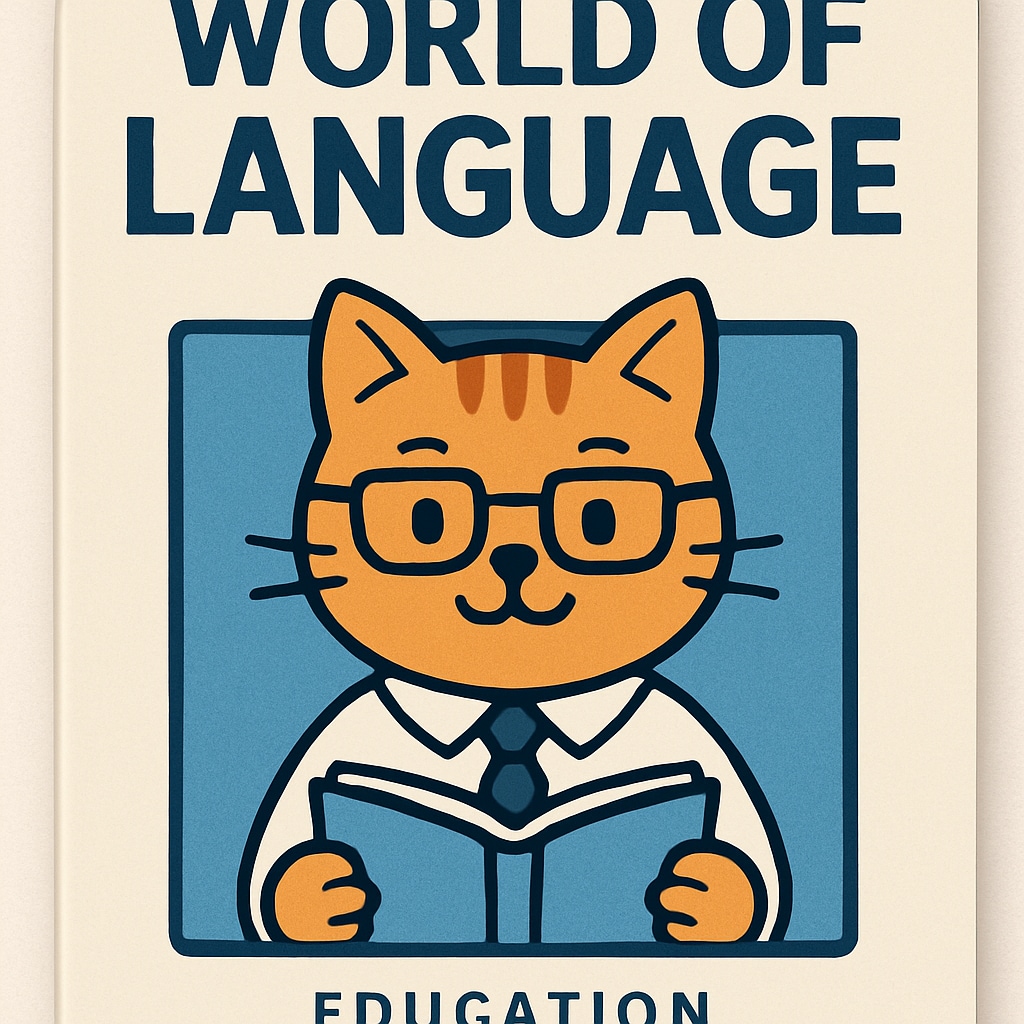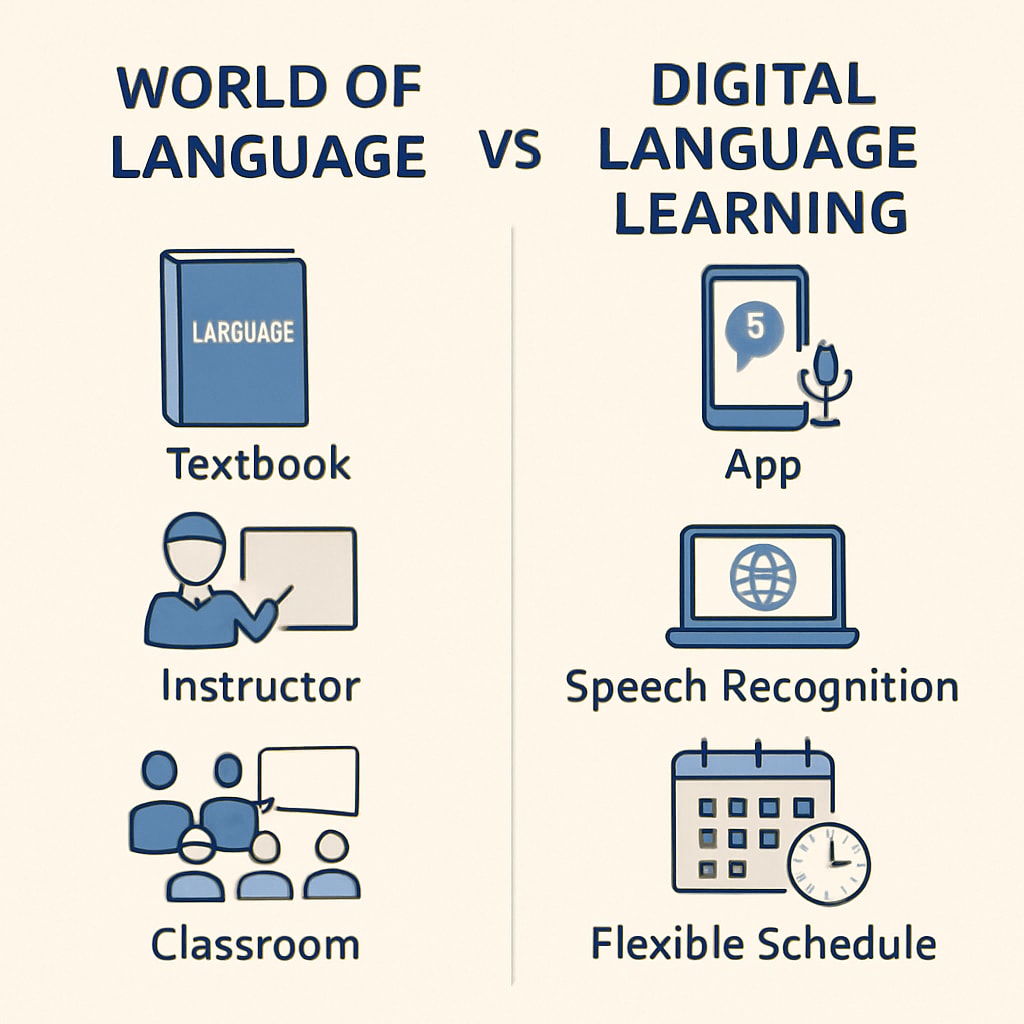In the 1980s and 1990s, the “World of Language” textbook became a cornerstone of elementary language education. Its iconic cover, often adorned with a charming illustration of a cat, symbolized the book’s approachable yet structured method of teaching language. As we revisit this curriculum, we uncover not just nostalgia but the enduring significance of its pedagogical strategies. This article explores how “World of Language” helped nurture linguistic proficiency in young learners and evaluates its relevance to today’s educational standards in language teaching.
The Unique Pedagogy of “World of Language”
What set “World of Language” apart from other textbooks of its time was its blend of structured grammar instruction with creative and engaging content. The book introduced foundational concepts such as sentence structure, parts of speech, and punctuation through interactive exercises and relatable examples. For example, rather than relying solely on rote memorization, it encouraged students to apply their lessons creatively by constructing sentences, writing short stories, or solving puzzles.
Furthermore, the textbook emphasized the importance of context in learning. Lessons often paired technical grammar concepts with practical applications, such as reading comprehension or storytelling activities. This holistic approach helped students understand not just the “how” but the “why” behind language rules, fostering deeper engagement and retention.

Comparing “World of Language” to Modern Curricula
Modern language education has significantly evolved, embracing technology and multimedia resources. However, certain elements from “World of Language” remain conspicuously absent in many current systems. For instance, the textbook’s emphasis on hands-on, student-driven learning is sometimes overshadowed by standardized testing and rigid lesson plans. While contemporary methods often prioritize speed and efficiency, “World of Language” championed a slower, more deliberate approach to mastering language.
Additionally, the textbook fostered a sense of curiosity and fun in learning, which is occasionally lost in today’s focus on academic performance. Its playful exercises and relatable examples made language accessible to elementary students, turning what could be a dry subject into an enjoyable journey of discovery.

Lessons for Today’s Educators
The legacy of “World of Language” offers valuable insights for educators and curriculum designers. Here are some key takeaways:
- Balancing Structure and Creativity: Encourage students to apply grammatical concepts in creative ways, such as storytelling or project-based activities.
- Contextual Learning: Link technical language concepts to real-world applications to deepen understanding and engagement.
- Fostering Curiosity: Incorporate playful and relatable content to make language learning enjoyable and memorable.
By revisiting the principles behind “World of Language,” modern educators can strike a balance between innovation and tradition, ensuring that language education remains both effective and inspiring.
The Enduring Impact of “World of Language”
Decades after its peak popularity, “World of Language” continues to evoke fond memories among its former students and educators. Its thoughtful design and engaging content left a lasting impression, shaping the linguistic abilities of countless individuals. As we look to the future of education, it’s worth reflecting on the values and methodologies that made this textbook so impactful.
In conclusion, “World of Language” serves as a reminder that language education is about more than grammar rules and vocabulary lists—it’s about fostering curiosity, creativity, and real-world skills. By revisiting its legacy, we can draw inspiration to improve and enrich the way we teach language to the next generation.
Readability guidance: This article uses concise paragraphs, lists to summarize key points, and transitions to ensure smooth reading flow. It maintains a balance between active voice and limited passive voice usage for clarity and engagement.


